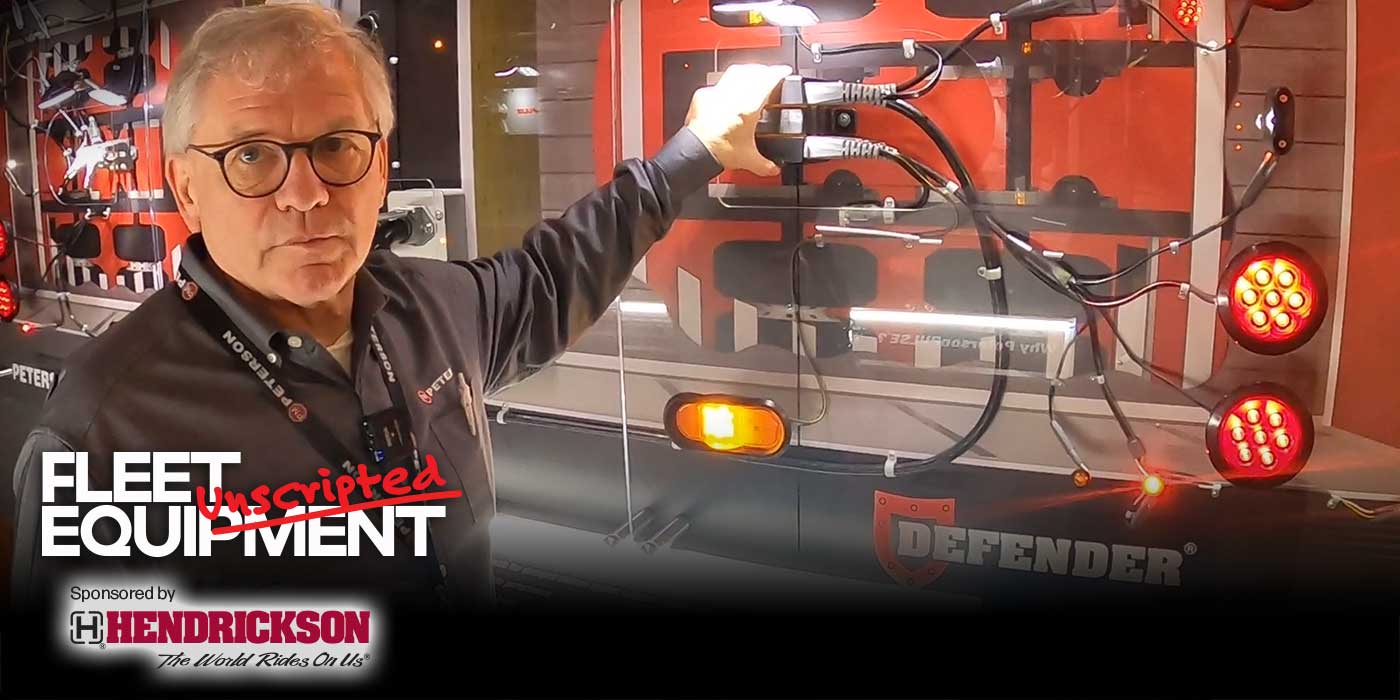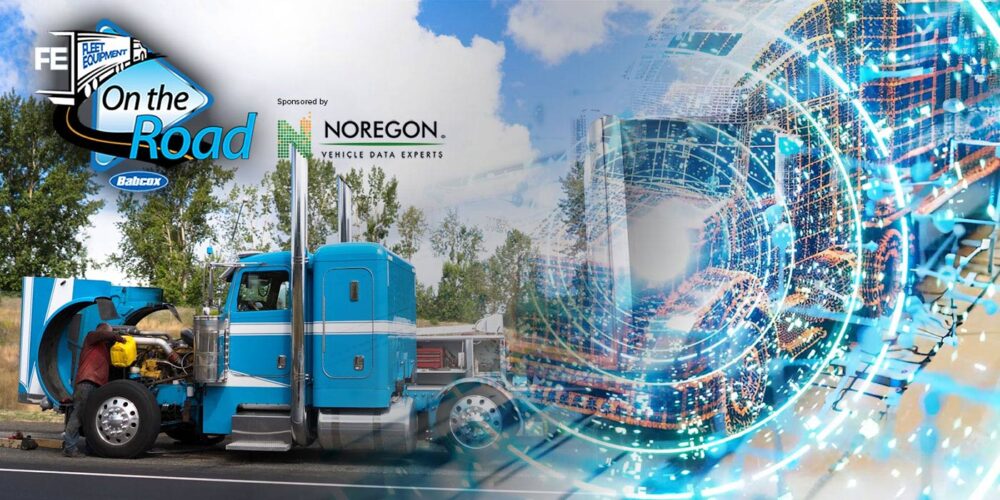If your trucks are operating in the long-haul segment carrying goods from New York to California, well, I hate to be the bearer of bad news but EV range capabilities and infrastructure can’t practically support that yet.
However, last-mile fleets that stay in the general vicinity and don’t require substantial range just may be ready to take the leap. With where technology stands today, studies are showing that commercial applications are the ones best positioned to see the financial, environmental and operational benefits of electrification.
According to the North American Council for Freight Efficiency (NACFE), medium-duty box trucks will be easier to electrify compared to others that have more complex operations.
EV delivery trucks are hitting the roads in a lot of major cities. Companies like FedEx, Walmart and Amazon have already begun deploying battery operated trucks to carry out daily orders – so the next time you get a delivery, look out your window and you just might see an EV.
Don’t know where to start? That’s okay – you certainly aren’t alone. Making the transition from gas-powered vehicles to battery-powered vehicles can raise a lot of questions such as:
- Are EVs worth the investment?
- Will they meet my expectations?
- Can I take on the significant task of re-establishing operations with my drivers and technicians while supporting current obligations?
- Can my parking lot/depot support the equipment and charging stations needed in order to electrify?
Chances are that just now your heart rate increased considering all the factors that go into this process and while each fleet has its own set of considerations, here are some steps to get you moving in the right direction:
- Collect some data: To find out whether or not EVs are worth the investment, analyze factors such as daily range of vehicles, fuel costs and estimate cost savings. This will help you determine if and when you see an attractive ROI.
- Set your expectations: It’s to be anticipated that you will expect quality performance from your new EVs. Take note of your drivers’ daily ranges to ensure you are selecting a vehicle that can support it on a single charge. Remember, however, that just like every other vehicle on today’s roads, the outside temperature, weather, and driver behavior need to be factored in since each impacts the vehicles overall performance.
- Find your power sources: Home base can’t be the only charging option for your trucks. Do some research on other locations that support your charging needs within your area based on routes typically taken by your drivers.
- Maintenance support: While EVs require less maintenance, they still require some and it’s much different than working on your typical internal combustion engine. Make sure that both your technicians and shop equipment are ready to service the EVs rolling into your bays.
- Crunch the numbers: I get it, this is the scary part. Supporting these vehicles takes a lot of financial support and is also a lengthy process with a lot of moving parts. So make sure you have ample time to plan and some extra cash in your rainy-day funds.
Have more questions? That’s to be expected. Some personal research will further help you get an understanding of the electrification process, but if you’ve checked all the boxes and are fully committed to the idea of electrifying your fleet, your OEM of choice will gladly lend a hand.













